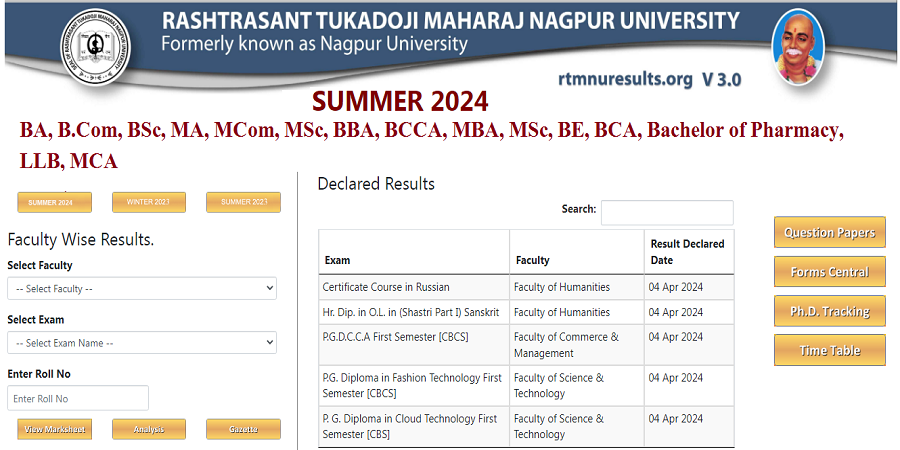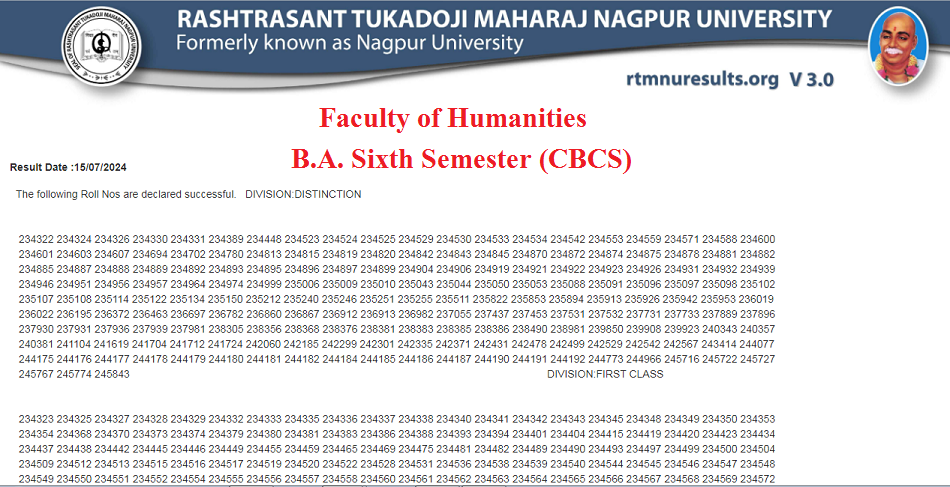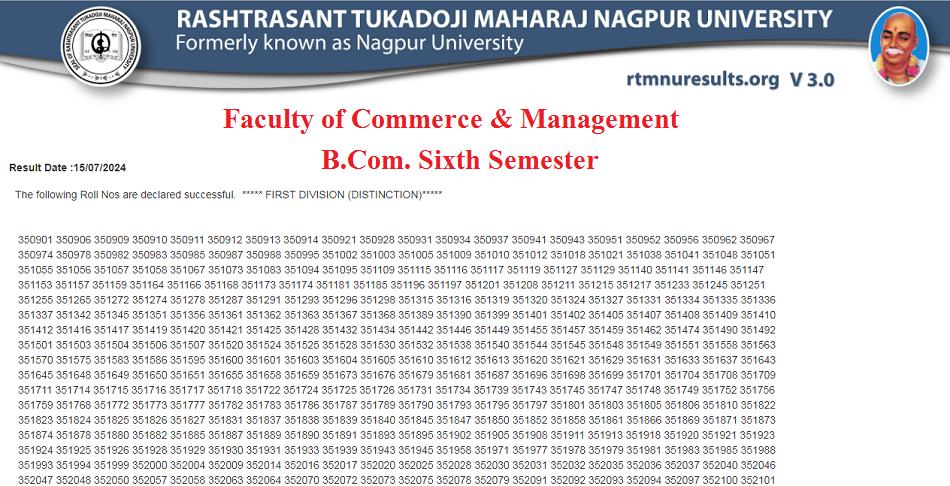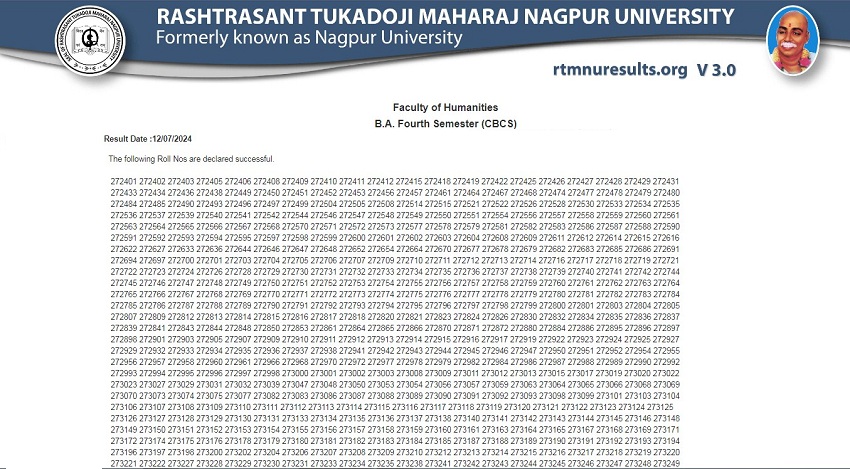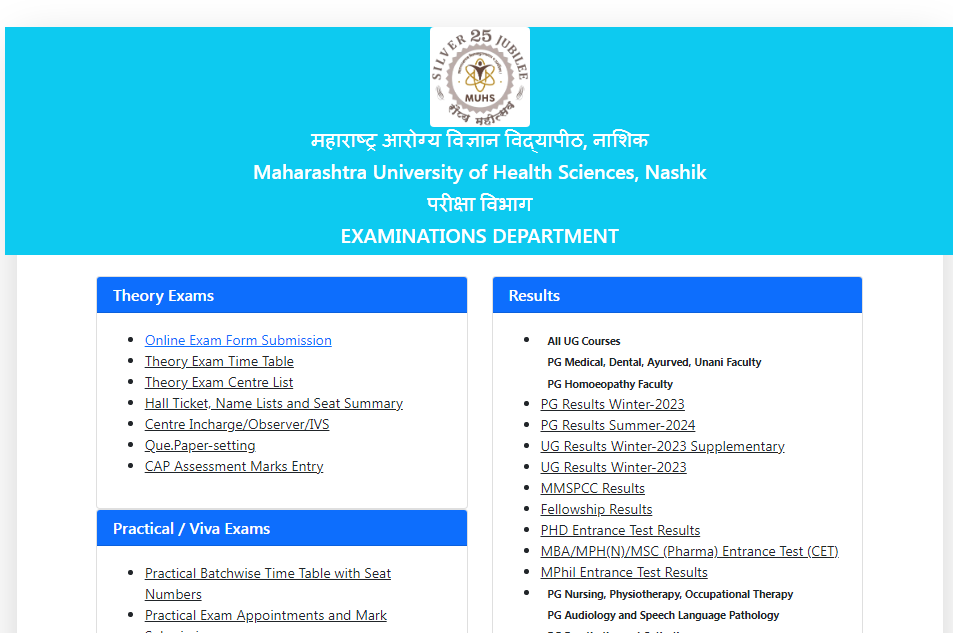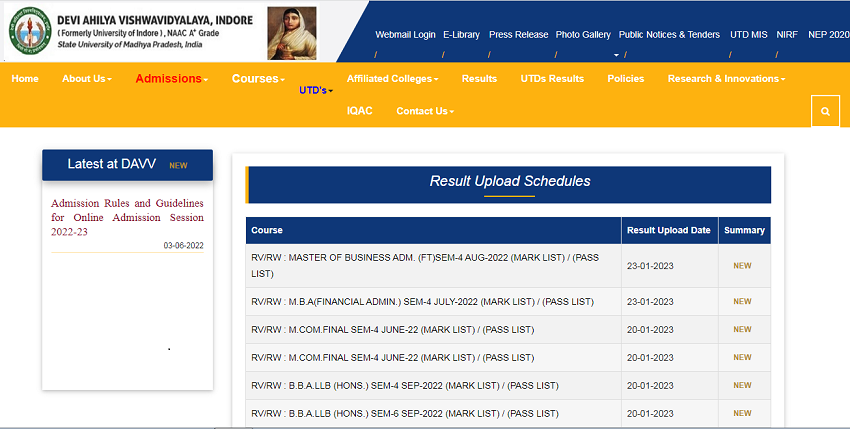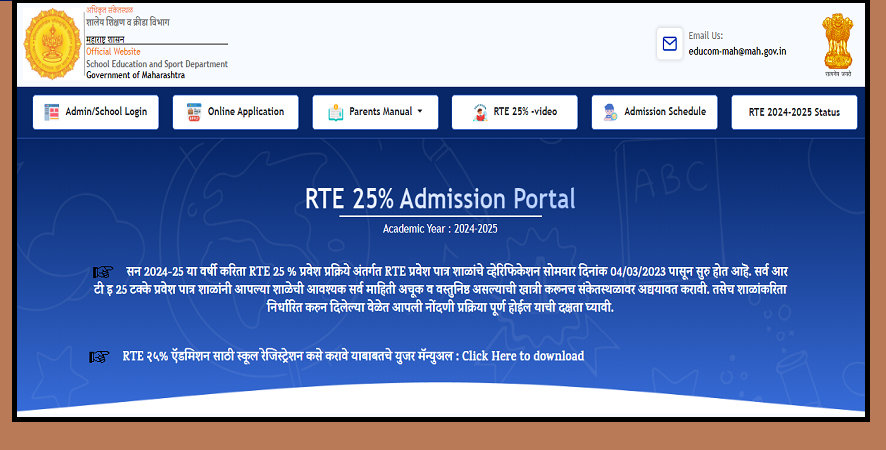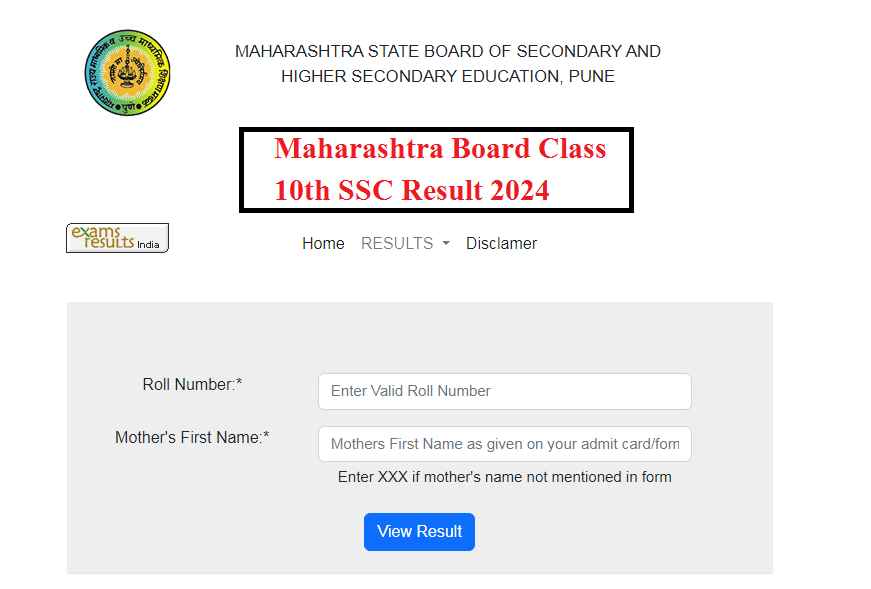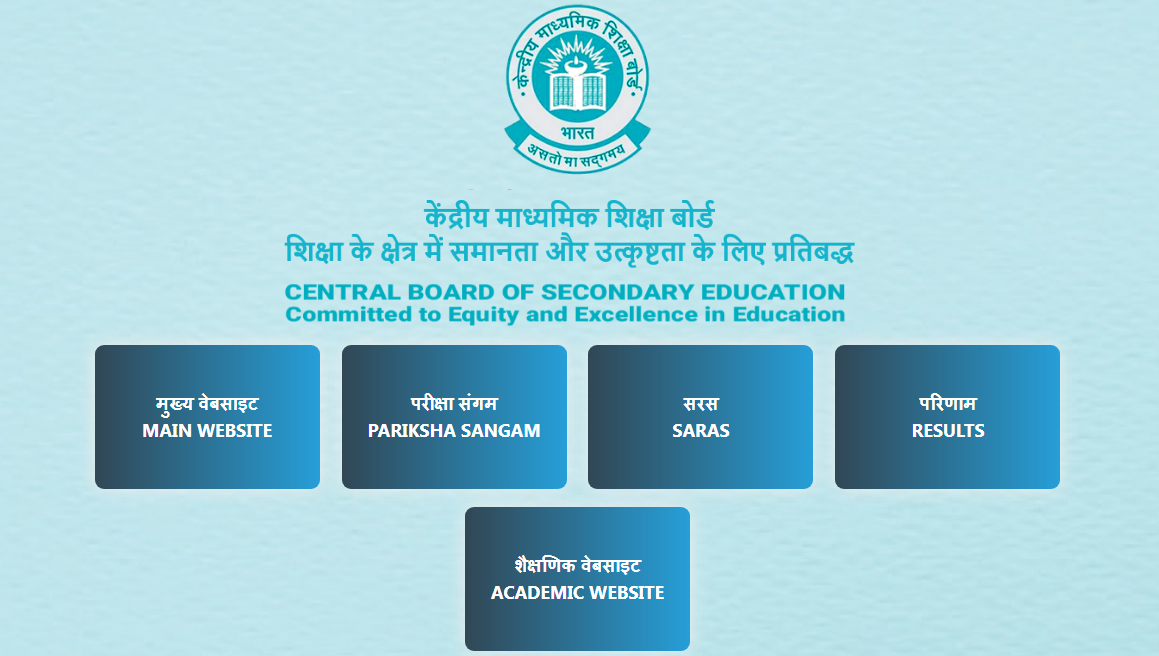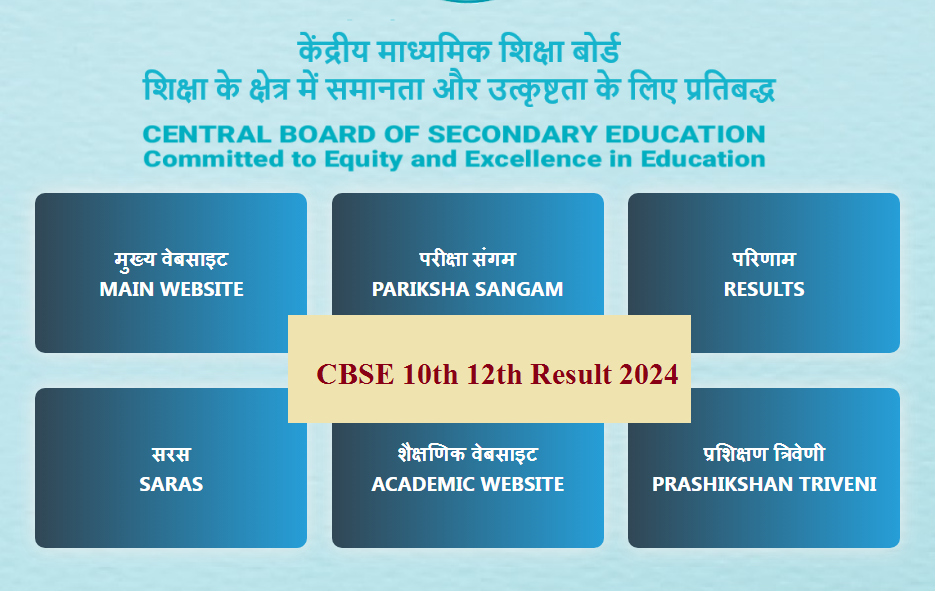GATE 2021 – Revised Syllabi
GATE 2021 – Revised Syllabi
Electrical Engineering
GATE 2021 – Revised Syllabi /GATE Syllabus for each of the papers has been revised for GATE-2021. The syllabus for each of the papers can be found by clicking on the papers (subject) below. Graduate Aptitude Test in Engineering (GATE) is an All-India examination administered and conducted in eight zones across the country by the GATE Committee comprising of Faculty members from IISc, Bangalore and other seven IIT’s on behalf of the National Coordinating Board, Department of Education, Ministry of Human Resources Development. The GATE score/rank is used for admissions to Post Graduate Programmes (ME, M.Tech, MS, direct PhD) in institutes like IIT and IIScetc with financial assistance offered by MHRD. PSUs too use the GATE scores for recruiting candidates for various prestigious jobs with attractive remuneration.
GATE 2021 – Revised Syllabi
Electrical Engineering
Section 1: Engineering Mathematics
Linear Algebra: Matrix Algebra, Systems of linear equations, Eigenvalues, Eigenvectors.
GATE 2021 – Revised Syllabi Calculus: Mean value theorems, Theorems of integral calculus, Evaluation of definite and improper integrals, Partial Derivatives, Maxima and minima, Multiple integrals, Fourier series, Vector identities, Directional derivatives, Line integral, Surface integral, Volume integral, Stokes’s theorem, Gauss’s theorem, Divergence theorem, Green’s theorem.
Differential equations: First order equations (linear and nonlinear), Higher order linear differential equations with
constant coefficients, Method of variation of parameters, Cauchy’s equation, Euler’s equation, Initial and boundary value problems, Partial Differential Equations, Method of separation of variables.
Complex variables: Analytic functions, Cauchy’s integral theorem, Cauchy’s integral formula, Taylor series, Laurent series, Residue theorem, Solution integrals.
Probability and Statistics: Sampling theorems, Conditional probability, Mean, Median, Mode, Standard Deviation, Random variables, Discrete and Continuous distributions, Poisson distribution, Normal distribution, Binomial distribution, Correlation analysis, Regression analysis.
Section 2: Electric circuits
Network elements: ideal voltage and current sources, dependent sources, R, L, C, M elements; Network solution
methods: KCL, KVL, Node and Mesh analysis; Network Theorems: Thevenin’s, Norton’s, Superposition and Maximum Power Transfer theorem; Transient response of dc and ac networks, sinusoidal steady-state analysis, resonance, two port networks, balanced three phase circuits, star-delta transformation, complex power and power
factor in ac circuits.
Section 3: Electromagnetic Fields
Coulomb’s Law, Electric Field Intensity, Electric Flux Density, Gauss’s Law, Divergence, Electric field and potential due to point, line, plane and spherical charge distributions, Effect of dielectric medium, Capacitance of simple configurations, Biot‐Savart’s law, Ampere’s law, Curl, Faraday’s law, Lorentz force, Inductance, Magnetomotive force, Reluctance, Magnetic circuits, Self and Mutual inductance of simple configurations.
Section 4: Signals and Systems
Representation of continuous and discrete time signals, shifting and scaling properties, linear time invariant and
causal systems, Fourier series representation of continuous and discrete time periodic signals, sampling theorem,
Applications of Fourier Transform for continuous and discrete time signals, Laplace Transform and Z transform.
Section 5: Electrical Machines
Single phase transformer: equivalent circuit, phasor diagram, open circuit and short circuit tests, regulation and
efficiency; Three-phase transformers: connections, vector groups, parallel operation; Auto-transformer,
Electromechanical energy conversion principles; DC machines: separately excited, series and shunt, motoring
and generating mode of operation and their characteristics, speed control of dc motors; Three-phase induction
machines: principle of operation, types, performance, torque-speed characteristics, no-load and blocked-rotor
tests, equivalent circuit, starting and speed control; Operating principle of single-phase induction motors;
Synchronous machines: cylindrical and salient pole machines, performance and characteristics, regulation and
parallel operation of generators, starting of synchronous motors; Types of losses and efficiency calculations of
electric machines
Section 6: Power Systems
Basic concepts of electrical power generation, ac and dc transmission concepts, Models and performance of
transmission lines and cables, Series and shunt compensation, Electric field distribution and insulators,
Distribution systems, Per‐unit quantities, Bus admittance matrix, Gauss- Seidel and Newton-Raphson load flow
methods, Voltage and Frequency control, Power factor correction, Symmetrical components, Symmetrical and
unsymmetrical fault analysis, Principles of over‐current, differential, directional and distance protection; Circuit
breakers, System stability concepts, Equal area criterion, Economic Load Dispatch (with and without considering
transmission losses).
Section 7: Control Systems
Mathematical modeling and representation of systems, Feedback principle, transfer function, Block diagrams and
Signal flow graphs, Transient and Steady‐state analysis of linear time invariant systems, Stability analysis using
Routh-Hurwitz and Nyquist criteria, Bode plots, Root loci, Lag, Lead and Lead‐Lag compensators; P, PI and PID
controllers; State space model, Solution of state equations of LTI systems, R.M.S. value, average value
calculation for any general periodic waveform.
Section 8: Electrical and Electronic Measurements
Bridges and Potentiometers, Measurement of voltage, current, power, energy and power factor; Instrument
transformers, Digital voltmeters and multimeters, Phase, Time and Frequency measurement; Oscilloscopes, Error
analysis.
Section 9: Analog and Digital Electronics
Simple diode circuits: clipping, clamping, rectifiers; Amplifiers: biasing, equivalent circuit and frequency
response; oscillators and feedback amplifiers; operational amplifiers: characteristics and applications; single
stage active filters, Sallen Key, Butterworth, VCOs and timers, combinatorial and sequential logic circuits,
multiplexers, demultiplexers, Schmitt triggers, sample and hold circuits, A/D and D/A converters.
Section 10: Power Electronics
Static V-I characteristics and firing/gating circuits for Thyristor, MOSFET, IGBT; DC to DC conversion: Buck,
Boost and Buck-Boost Converters; Single and three-phase configuration of uncontrolled rectifiers; Voltage and
Current commutated Thyristor based converters; Bidirectional ac to dc voltage source converters; Magnitude and
Phase of line current harmonics for uncontrolled and thyristor based converters; Power factor and Distortion
Factor of ac to dc converters; Single-phase and three-phase voltage and current source inverters, sinusoidal pulse
width modulation.


